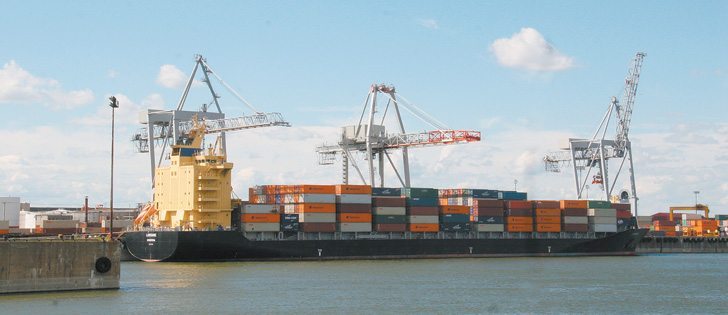When Samuel de Champlain invited Louis Hebert to come with him to the New Land he was trying to settle, Hebert gladly responded. He was also a man who had dreams.
The year was 1617, and the two men believed in the idea of a New France, though few Europeans managed to live there through a complete winter.
Champlain ordered his men to build the Heberts a sturdy stone house and help them clear a plot of land. The property was along the St. Clair River, near Quebec City.
Read Also

High prices see cow-calf producers rushing to incorporate
Farm accountants are reporting a steady stream of cow-calf producers rushing to get their operations incorporated ahead of selling their calves this fall.
Champlain was able to reach out to form informal alliances with many of the native nations, and the Heberts benefited greatly from these alliances. They had brought seeds and supplies from Europe, but had no idea what the growing conditions were like in the St. Lawrence Valley.
Champlain tells of exploring the shores of Lake Huron and finding an estimated 30,000 inhabitants who grew enough produce to feed themselves and trade with nations to the south. Their trade items were corn and meal, but they also grew squash, sunflowers, plums, small apples, raspberries, strawberries and nuts.
The natives generously shared their expertise with the Heberts. In addition, in times of crisis the natives were generous to the fledging Europeans.
For more than 12 years, the colonists were dependent on food being shipped from France. When the ships were delayed the threat of starvation among the settlers was high. It was the natives who supplied what provisions they could, occasionally taking individuals and families to live with them.
The story unfolds in Champlain’s Dream, written by David Fischer. It gives great insight into the years 1600-35.
What a gift to read this publication.














